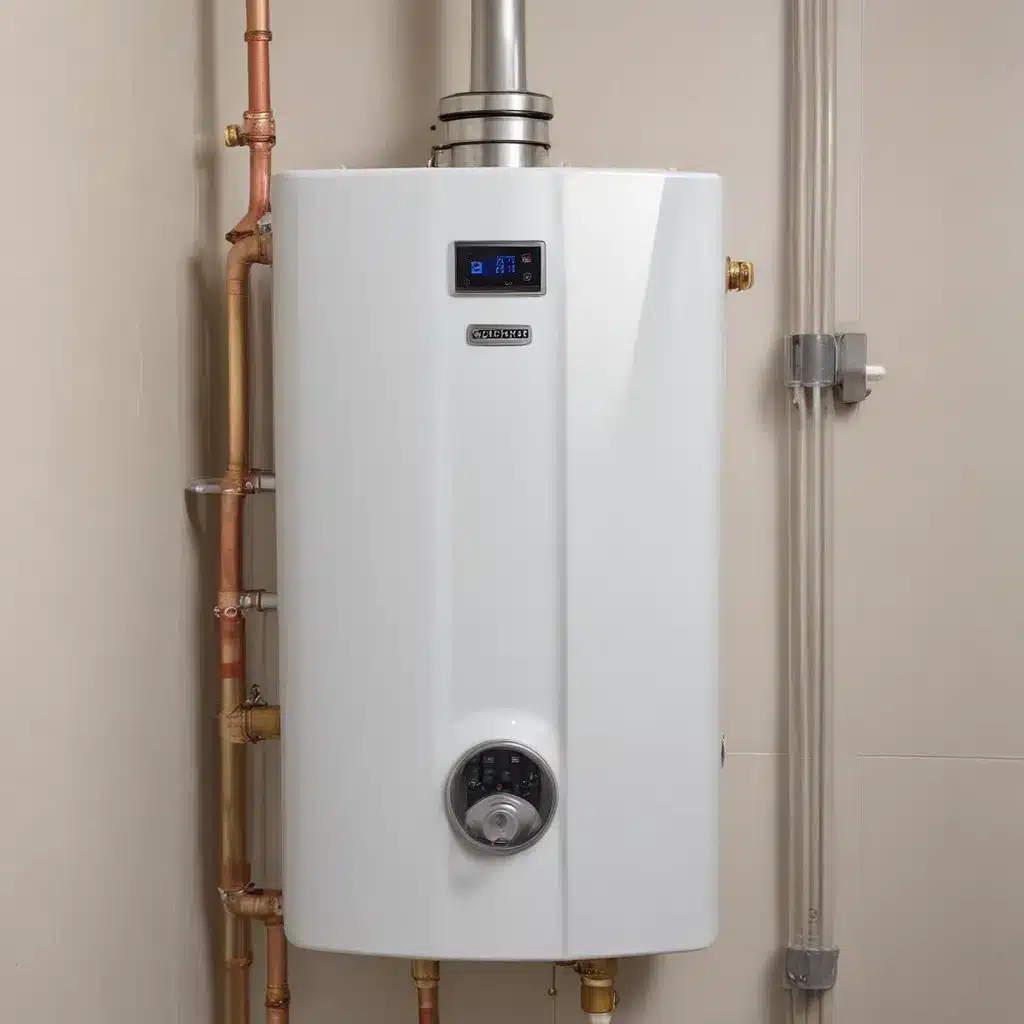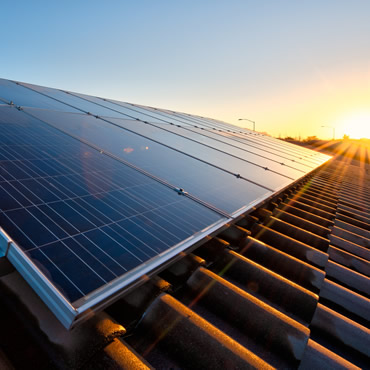
As an experienced water heater specialist, I’m excited to share insights on optimizing the efficiency of electric tankless water heaters through seasonal adjustment strategies. In our 10 years of water heater experience… In this comprehensive guide, we’ll explore how to maximize the performance and cost-effectiveness of these innovative heating systems throughout the year.
Now, this might seem counterintuitive when dealing with water heaters…
Tankless Water Heater Technology
Tankless, or on-demand, water heaters have gained significant popularity in recent years due to their compact design, continuous hot water supply, and potential energy savings. Unlike traditional tank-style heaters, tankless models heat water instantaneously as it flows through the unit, eliminating the need for a storage tank and the associated standby energy losses.
However, the efficiency of a tankless water heater can be heavily influenced by environmental factors, particularly seasonal temperature and humidity variations. Adopting strategic adjustments based on the changing seasons can unlock even greater energy savings and double-check that your tankless system operates at its full potential.
Seasonal Adjustment Strategies
Spring and Summer
As the weather warms up, the incoming water temperature rises, reducing the amount of energy required to heat it to the desired temperature. Water Heater Pick recommends taking advantage of this seasonal shift by adjusting your tankless water heater’s thermostat setting accordingly.
By lowering the temperature setpoint during the spring and summer months, you can minimize the system’s energy consumption without sacrificing hot water comfort. This simple adjustment can lead to notable cost savings on your utility bills, especially in warmer climates.
Additionally, consider implementing a seasonal water usage schedule. During the warmer months, when hot water demands may be lower (e.g., fewer showers, less laundry), you can program your tankless heater to operate on a reduced schedule, further enhancing energy efficiency.
Fall and Winter
When the temperature starts to drop in the fall and winter, the incoming water temperature decreases, forcing the tankless heater to work harder to bring it up to the desired temperature. To maintain optimal efficiency during this time of year, you’ll want to adjust your thermostat setting upwards to compensate for the colder water.
By increasing the temperature setpoint, you can double-check that your tankless water heater is not overworking and consuming more energy than necessary. This adjustment helps to maintain a consistent hot water supply without unnecessarily driving up your energy costs.
Additionally, in colder climates, you may want to consider insulating the incoming water pipes to further reduce the energy required to heat the water. Proper pipe insulation can significantly improve the overall efficiency of your tankless system.
Water Heater Maintenance
Regardless of the season, regular maintenance is crucial for ensuring your tankless water heater operates at peak efficiency. This includes:
Routine Inspections
Periodically inspect your tankless water heater for any signs of wear, damage, or sediment buildup. Clean the water inlet filter and check the electrical connections to double-check that optimal performance.
Thermostat Calibration
double-check that your water heater’s thermostat is accurately calibrated to maintain the desired temperature setpoint. Over time, the thermostat can drift, leading to energy waste or inconsistent hot water.
Sediment Flushing
Mineral deposits and sediment can accumulate within the tankless unit, reducing heat transfer efficiency and potentially causing premature failure. Implement a regular flushing routine to remove these contaminants and keep your system running smoothly.
By staying on top of these maintenance tasks, you can extend the lifespan of your tankless water heater and maximize its energy efficiency, regardless of the season.
Plumbing Techniques
In addition to the tankless water heater itself, the associated plumbing system can also play a significant role in the overall efficiency of your hot water delivery.
Pipe Insulation
Insulating the hot water pipes, especially those running through unheated spaces, can prevent heat loss and double-check that the water reaches the taps at the desired temperature. This reduces the amount of energy required to maintain the water’s heat.
Recirculation Systems
Installing a hot water recirculation system can further enhance efficiency by continuously circulating the hot water through the plumbing, eliminating the need to wait for the water to reach the desired temperature at each tap. This can be particularly beneficial in larger homes or when the tankless heater is located some distance from the primary hot water usage points.
Flow Rate Optimization
double-check that your tankless water heater is appropriately sized for your household’s hot water demands. Oversizing the unit can lead to reduced efficiency, as the heater may struggle to modulate its output to match the actual flow rate. Consult with a professional to determine the optimal flow rate for your specific needs.
Installation Methods
The proper installation of your tankless water heater is crucial for maximizing its efficiency and longevity. Here are some key considerations:
Tankless Unit Placement
Strategically positioning the tankless heater can impact its performance. Avoid installing the unit in areas with high ambient temperatures, as this can strain the system and reduce its efficiency. Opt for well-ventilated locations, preferably near the primary hot water usage points, to minimize heat loss in the plumbing.
Electrical Requirements
Tankless water heaters typically have higher electrical demands than traditional tank-style models. double-check that your home’s electrical system can accommodate the increased load, and work with a licensed electrician to double-check that the proper wiring and circuit breaker sizing are in place.
Ventilation Considerations
Many tankless water heaters require dedicated venting systems to safely expel combustion byproducts or dissipate excess heat. Carefully follow the manufacturer’s instructions and local building codes to double-check that proper ventilation is installed, as this can impact the unit’s efficiency and safety.
Tankless Water Heater Benefits
The advantages of a well-maintained and properly installed tankless water heater go beyond just seasonal efficiency. These systems offer a range of benefits that can improve your overall home comfort and energy savings:
Compact Design
Tankless water heaters are significantly smaller and more space-efficient than traditional tank-style models, making them an ideal choice for homes with limited utility room or basement space.
Continuous Hot Water
Tankless heaters provide a continuous supply of hot water, eliminating the need to wait for the tank to refill and reheat. This ensures a steady stream of hot water, even during periods of high demand.
Energy Cost Savings
By heating water on demand, tankless systems can significantly reduce energy consumption and lower your utility bills compared to traditional tank-style water heaters, especially when combined with seasonal adjustments and proper maintenance.
Seasonal Factors
Environmental conditions, such as ambient temperature and humidity, can have a notable impact on the performance and efficiency of your tankless water heater. Understanding these seasonal factors can help you make informed adjustments to optimize the system’s operation.
Climate Adaptations
In warmer climates, where the incoming water temperature is typically higher, tankless water heaters may require less energy to heat the water to the desired temperature. Conversely, in cooler regions, the colder incoming water temperature can force the tankless unit to work harder, consuming more energy.
Temperature Fluctuations
As mentioned earlier, seasonal temperature changes can significantly affect the efficiency of a tankless water heater. By adjusting the thermostat setpoint to account for warmer or cooler incoming water, you can double-check that the system operates at its optimal efficiency throughout the year.
Humidity Impacts
In areas with high humidity, the increased moisture in the air can impact the performance and efficiency of a tankless water heater. The system may need to work harder to heat the water, potentially leading to higher energy consumption. Ensuring proper ventilation and monitoring the unit’s operation during periods of high humidity can help mitigate these effects.
Troubleshooting and Repair
Despite their reliable and efficient operation, tankless water heaters may occasionally experience issues that require troubleshooting or repair. Here are some common strategies to address problems:
Error Code Diagnostics
Many tankless water heaters are equipped with built-in diagnostic systems that display error codes to help identify the source of any malfunctions. Familiarize yourself with your unit’s error code indicators and consult the manufacturer’s troubleshooting guide to address any issues.
Component Replacement
Over time, certain components within the tankless water heater, such as the heating element, thermostat, or control board, may wear out and require replacement. Refer to the manufacturer’s recommended maintenance schedule and work with a qualified technician to double-check that any necessary replacements are done properly.
Professional Service
For more complex issues or if you’re uncomfortable performing any repairs yourself, it’s best to contact a licensed and experienced water heater specialist. These professionals can diagnose the problem, recommend the appropriate course of action, and perform any necessary repairs or maintenance to restore your tankless system to peak efficiency.
Regulatory Compliance
When it comes to water heaters, it’s important to stay up-to-date with the latest energy efficiency standards and safety regulations. This ensures your tankless system not only operates efficiently but also meets all necessary compliance requirements.
Energy Efficiency Standards
In the United States, the Department of Energy (DOE) sets minimum energy efficiency standards for residential and commercial water heaters, including tankless models. double-check that your tankless water heater meets or exceeds the current DOE guidelines to maximize its energy savings potential.
Safety Regulations
Local building codes and plumbing regulations dictate the proper installation and safety requirements for water heaters. Consult with a licensed professional to double-check that your tankless system is installed in compliance with all relevant safety standards.
Permit Requirements
Depending on your location, you may need to obtain the necessary permits before installing or replacing a tankless water heater. Work with your local authorities to understand the permitting process and double-check that your installation is done in accordance with all applicable regulations.
By staying informed about energy efficiency standards, safety protocols, and permit requirements, you can protect your investment and enjoy the full benefits of your tankless water heater for years to come.
To learn more about optimizing your home’s hot water system, visit waterheaterpick.com for additional resources and expert guidance. Our team of water heater specialists is dedicated to helping you make informed decisions and maximize the efficiency of your home’s plumbing solutions.
Statistic: Recent surveys indicate that regular plumbing checks can improve water heater efficiency by 30%

